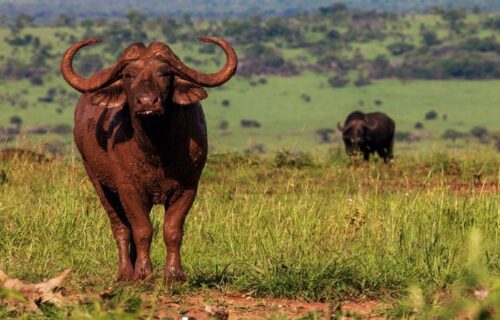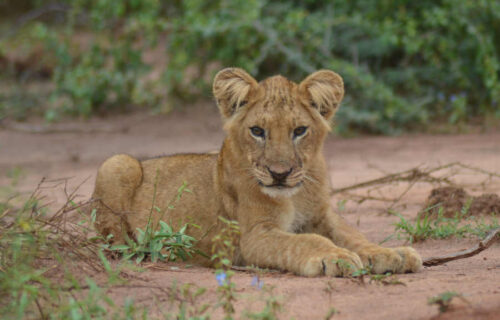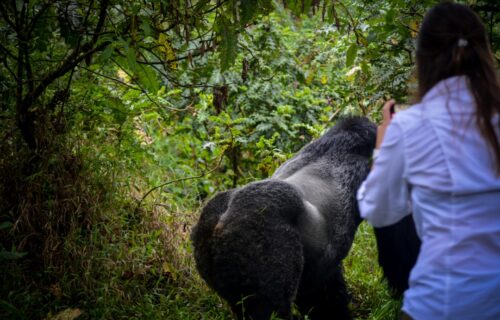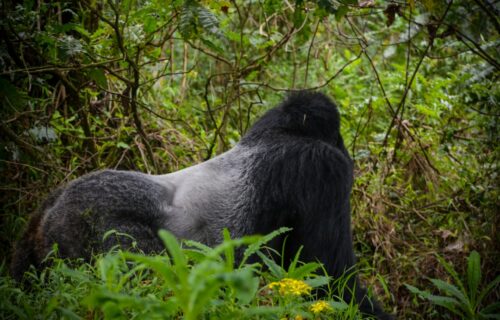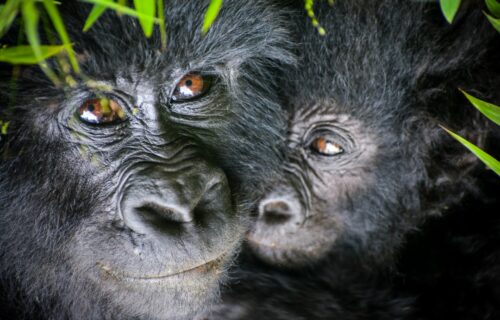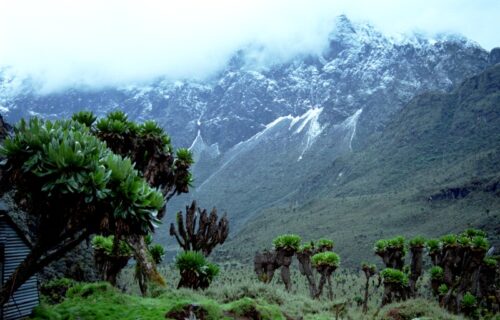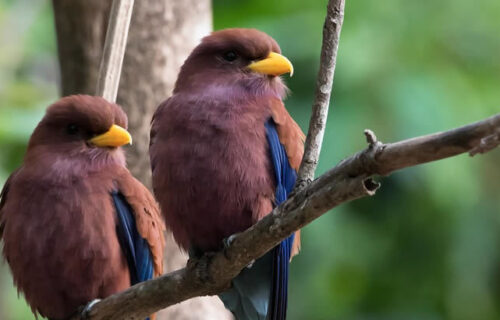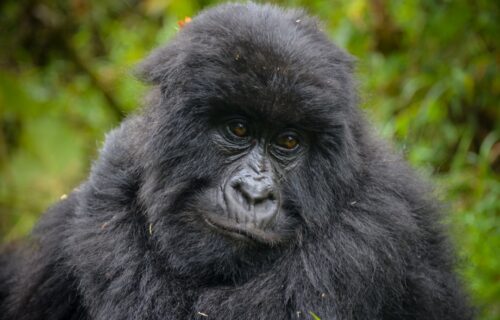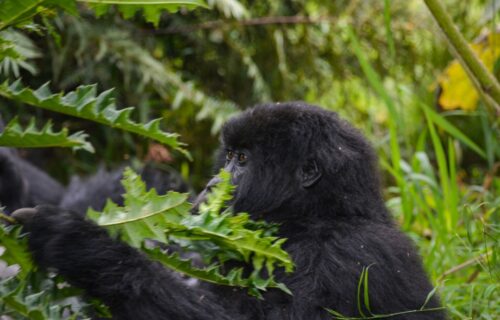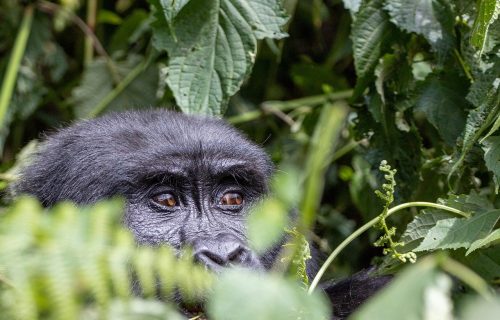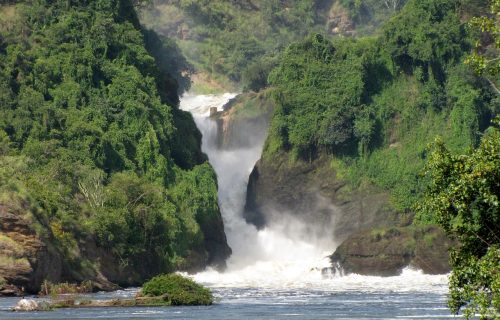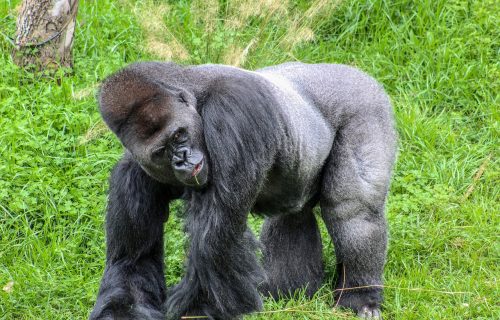Cultural Tours in Uganda
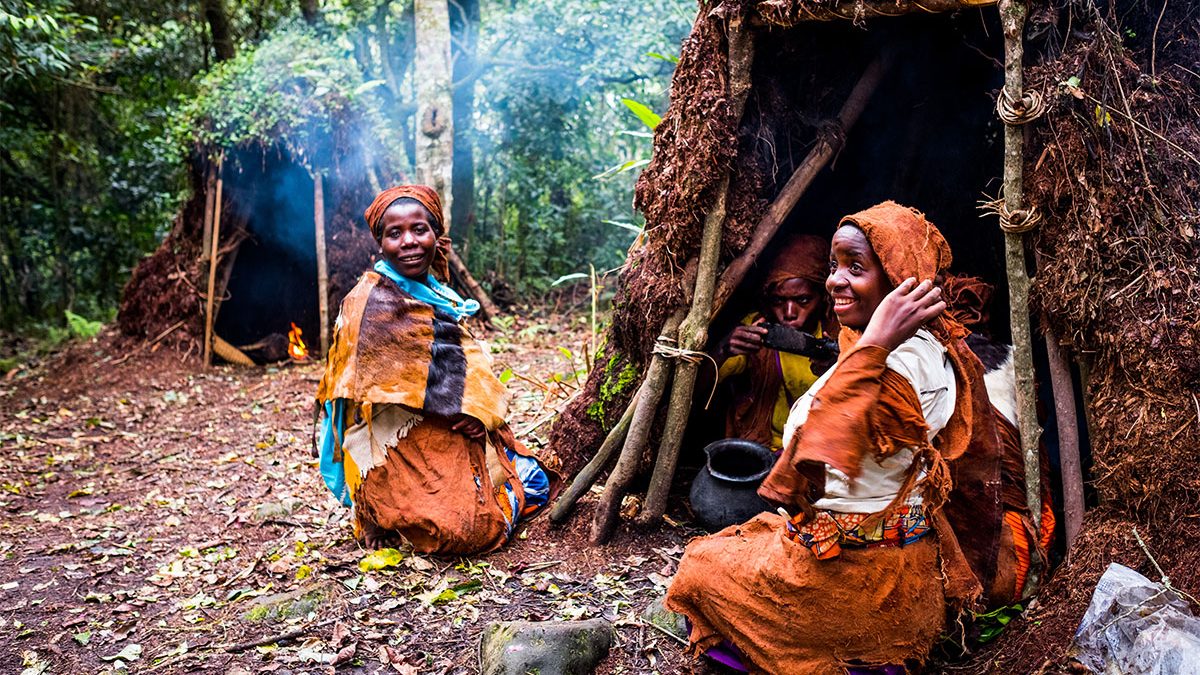
Cultural Tours in Uganda | Batwa Experience
They say when you want to understand the people, understand what makes them who you are. This perfectly relates with understanding the culture which comprises of the beliefs, traditions and customs of a certain group of people.
Uganda has 52 different tribes that peacefully live together in the country. Each of these tribes have strong beliefs in their cultures and each unique to a different group of people with a few relations. There are very many ways in which the different cultures represent who they are and cultural tours are the best way of getting to know them. Cultural tours in Uganda can be organized as single activity trips or best tailored into the very many other Uganda safari activities.
Each part of the country has unique cultures and traditional sites where tourists can learn about the different ethnic groups. To be able to share the beautiful cultural beliefs most of them are expressed through music, dance and drama. However, there are two minority groups in the country where by tourists can visit to learn of the extremely unique yet fading traditions; these are the Batwa, the Karamojong and Ik people. Cultural Tours in Uganda
- Batwa pygmies
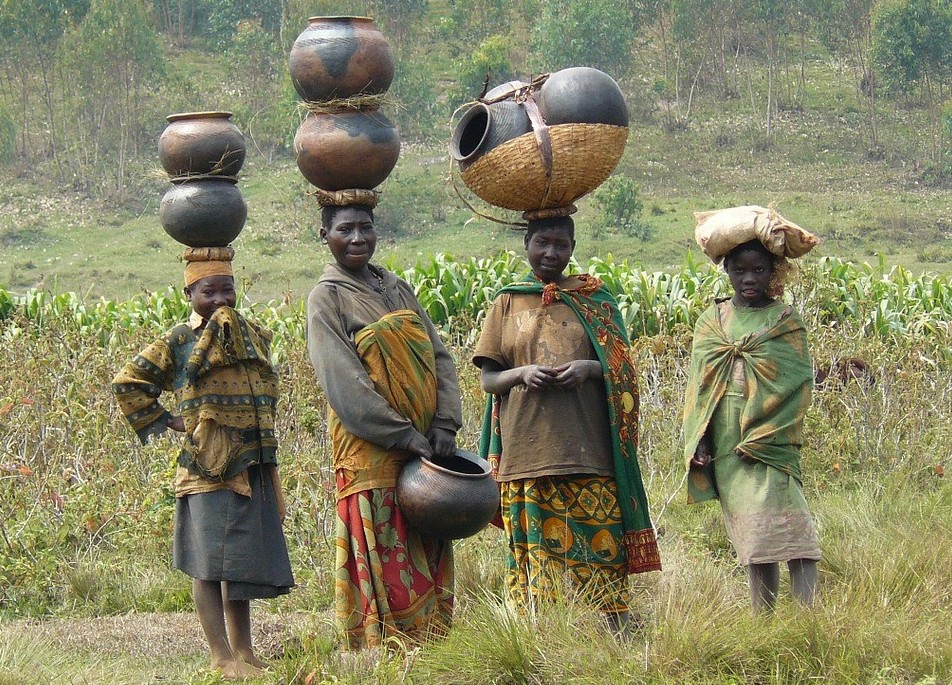
Batwa pygmies
The batwa pygmies are a group of people who live in the foothills of the virunga ranges, formerly living in the same habitat as mountain gorillas.
The Batwa originally lived in the forest together with the mountain gorillas but later on moved out of the forest by the country conservation groups in a bid to protect the gorillas. Moving the batwa out of their original home was challenged to be unethical but it was the best way to help the mountain gorillas and other species continue to thrive.
There was a lot of hunting before and this contributed to the decrease of the gorilla population. Today, the Batwa proudly take tourists to what they know best, their former home on trips through the trails as they explore how they lived there before. The Batwa also display their traditions like hunting, setting fire, construction through music, dance and drama.
- Karamojong and IK people
In the northeast of Uganda are an exciting group of people known as the karimojong. They occupy mainly moroto, nakapirit and Karamoja districts. They evolved from one of the many Nilotic bands that slowly drifted down from Ethiopia about 500 years ago. Cultural Tours in Uganda
Legend has it that they were too exhausted to continue any further and that’s how they settled in this region, the name ‘karimojong’ is derived from ‘ekarimojong; meaning ‘the old men can walk no farther.
Settling around mount moroto, they gradually moved into the outlying flatlands in search for pasture. The tall, rangy men are pastoralists who are fiercely possessive of their cattle since it is treated as treasure and measure of wealth in the region.
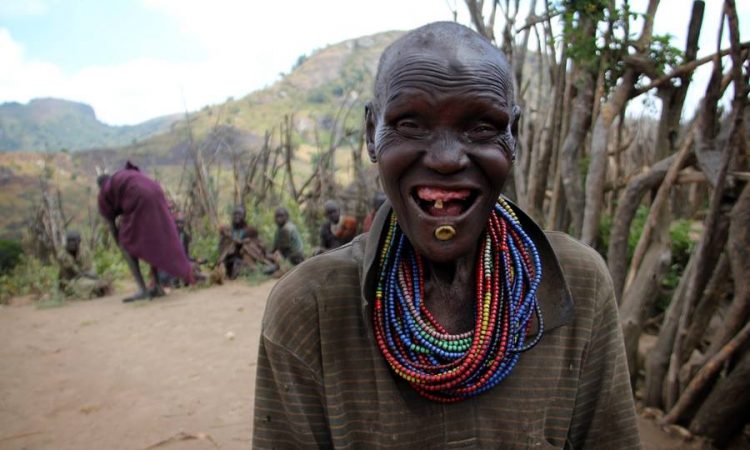
Karamojong and IK people | Cultural Tours in Uganda
The most interesting part of the karimojong is how they have managed to preserve their culture amidst the challenging modern era of globalization. Encountering their homesteads (locally known as manyatta), cultural norms, the dress codes and traditional dances are some of the attractive moments visitors get when they reach this region. karimojong love to dance but the ‘jumping dance’ is their specialty and probably their favourite.
lt consists of taking successively higher springs into the air in time with a backing chorus. The effortlessness involved, is what makes the ‘jumping dance’ so thrilling to watch. Facial marking are common, even though a few of the karimojong are beginning to give in to the dictates of modernity. The markings are a means of identification passed down from family to family, members of the some village and generation to generation. In other circumstance, the elaborate pin-pricks strokes and circles can also be seen as a form of beautification.
Uganda Safaris and Packages | Cultural Tours in Uganda
15 Days Uganda Safari Tour specifically includes the most important and well known national parks of Uganda: Murchison Falls National Park, Kibale Forest National Park, Queen Elizabeth National Park, Bwindi National Park, Lake Mutanda. Read More
10 Days Ugandan Tour brings you the highlights of Western Uganda: where the savannah meets the rainforest. Expect to see the animals of the savannahs (lion, elephant, buffalo, giraffe, hippo, leopard) and up to 15 primate species, including gorillas and chimps. Read More
Our 4 Days Uganda Gorilla Safari brings you the highlight of Uganda: Tracking the Mountain Gorillas! Spend one hour with our very close relatives in Bwindi Impenetrable National Park. Read More
22 Days Uganda Birding Safari brings you to the most important birding sites in Uganda. Habitats to be seen: Forest, Lowland jungle, Swamps, Canals and Lakes, Mountains and Savannahs. Read More
3 Days Murchison Uganda Safari is to give the best experience to our travelers who have limited days in the country. Murchison Falls Uganda Murchison Falls Uganda. Read More
7 Days Uganda Safari combines two national parks in Uganda giving you a variety of wildlife to explore. Kidepo Valley National Park gives the best scenic views around the Narus valley. Read More
4 Days Kidepo Valley National Park Safari brings you the magical experience and adventure of sighting “the big 4 of the five” animals. Read More
3 Days Flying Gorilla Trekking Safari – Bwindi Impenetrable National Park. The Bwindi impenetrable national park is well known as the home to mountain climbing Gorillas. Read More
6 Days Gorillas Express Safari-Unforgettable 6-day journey through Uganda’s breathtaking landscapes and diverse wildlife. Track majestic mountain gorillas in Bwindi Impenetrable National Park, explore Queen Elizabeth National Park’s scenic beauty, including tree-climbing lions, elephants, and buffalo.. Read More

